How it is Made
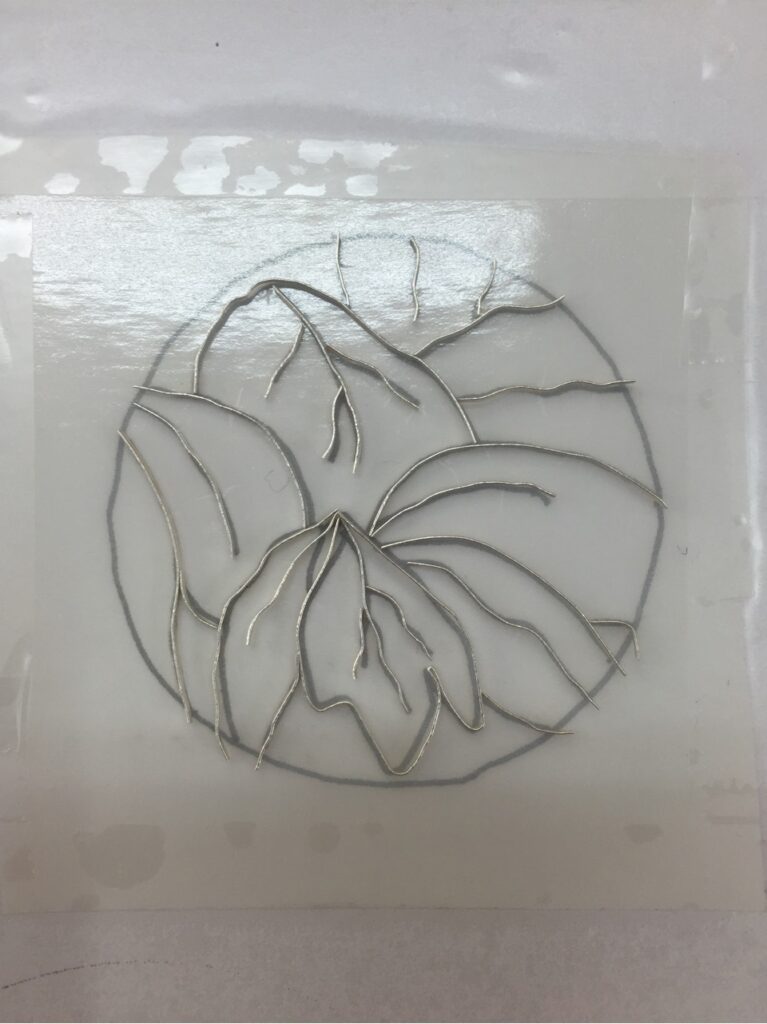
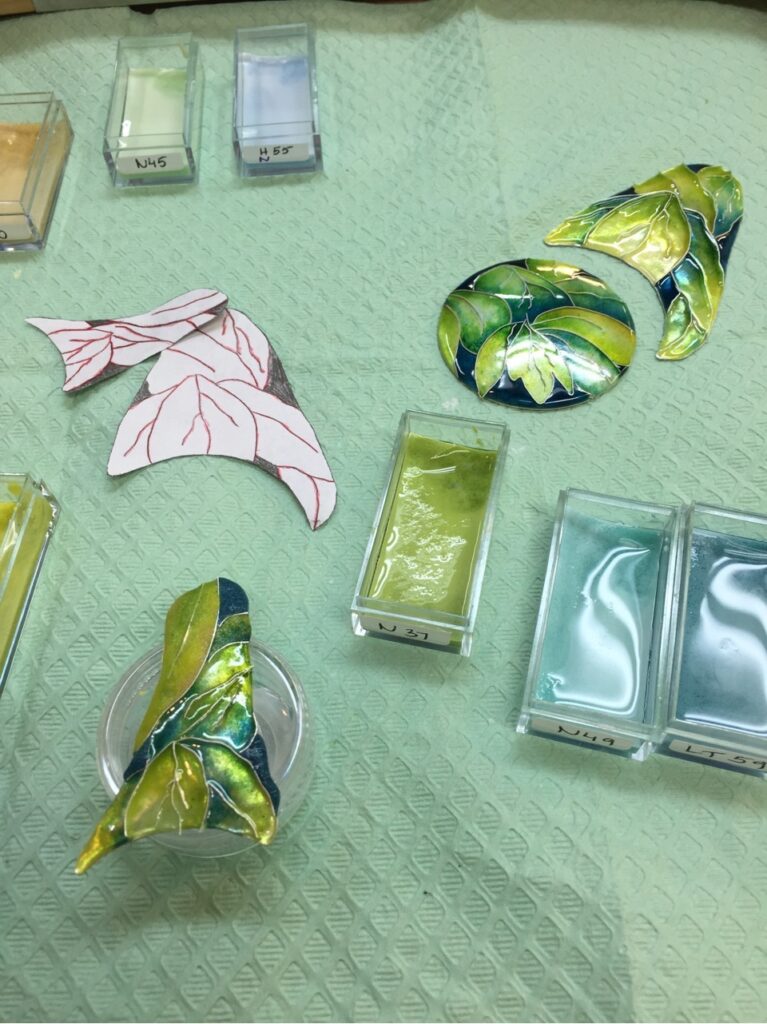
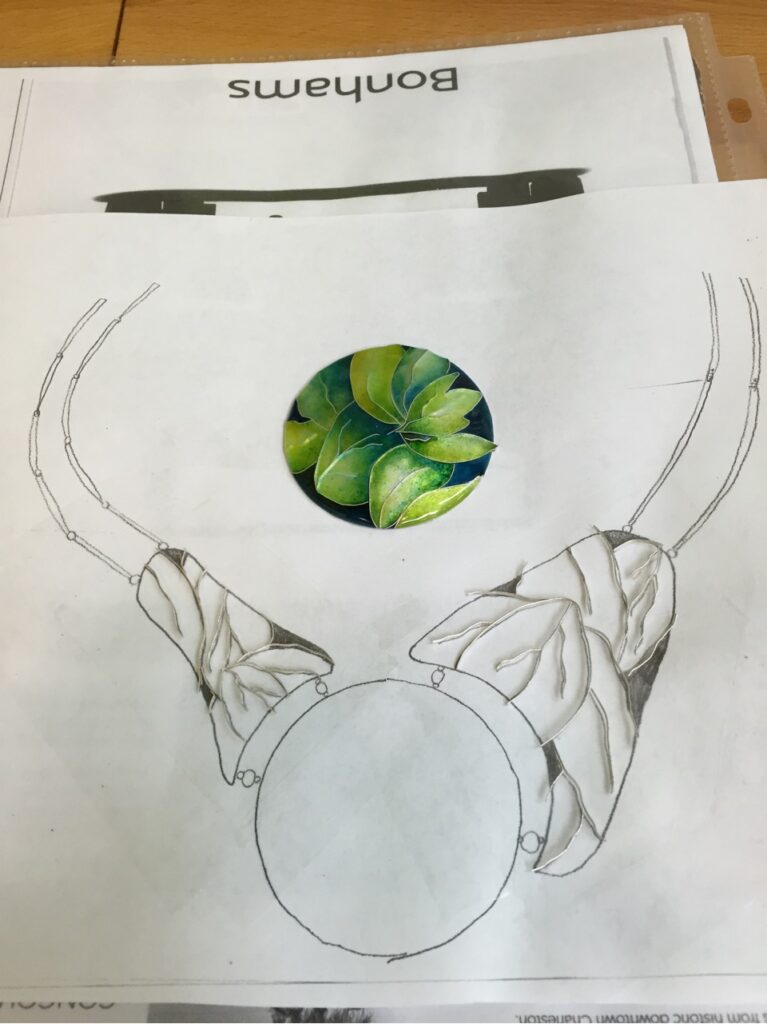
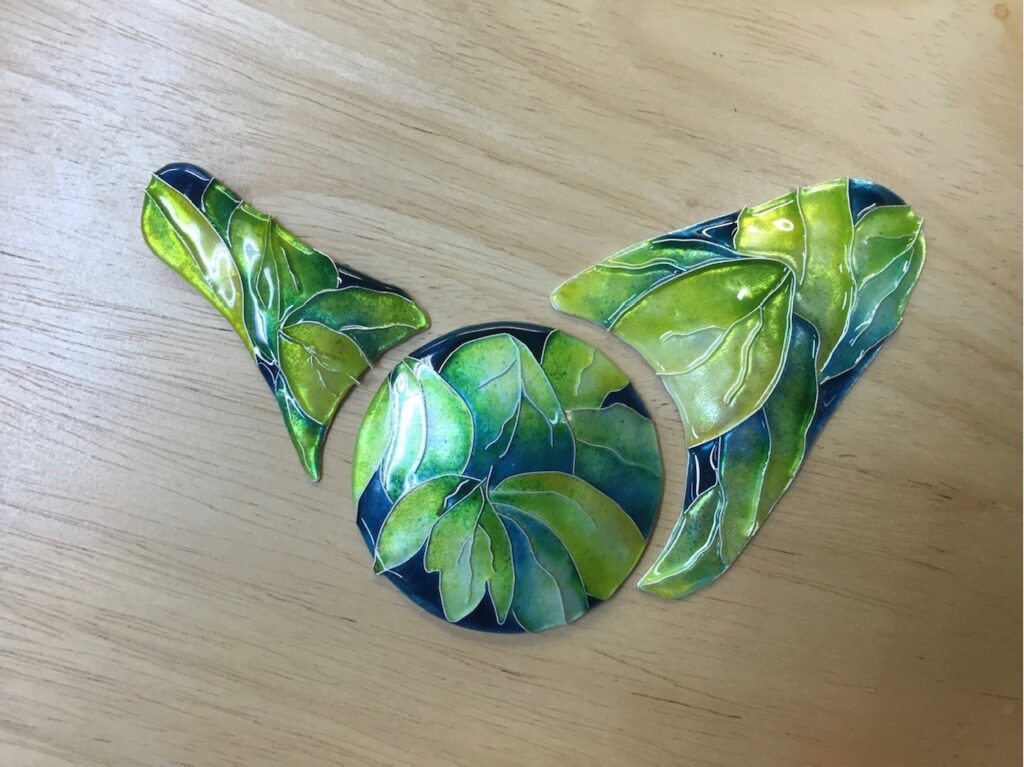
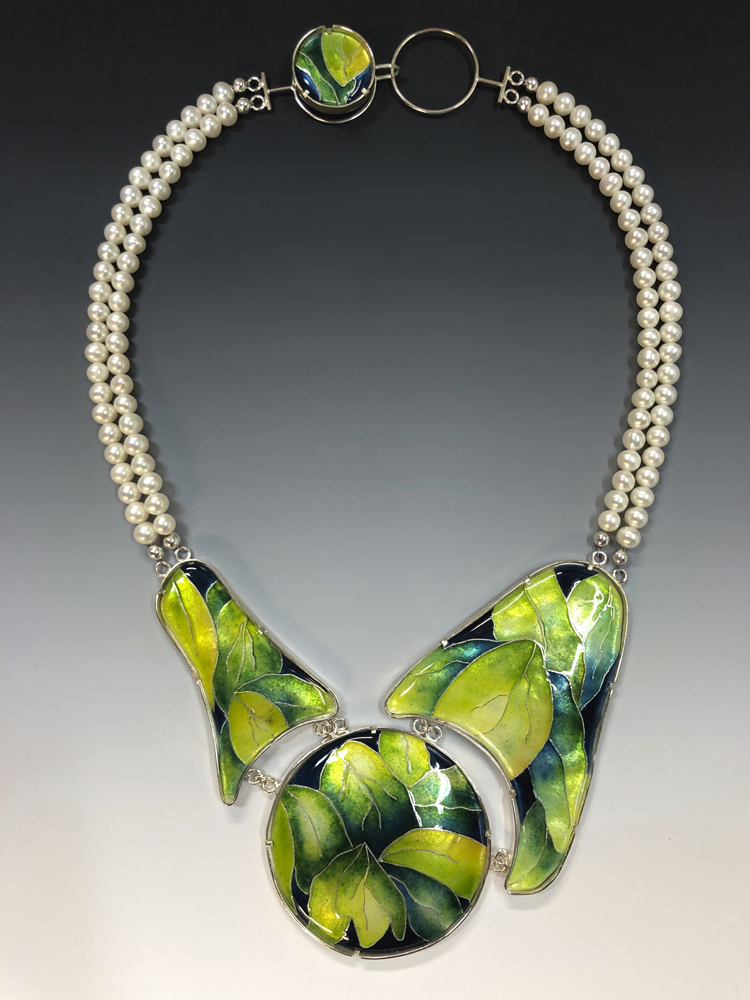
Have you ever wondered how jewelry is made? Or where and how it is starts out, and how it becomes a shiny pretty object that you will cherish for the rest of your life? Most people are not aware of how many steps are involved in making jewelry, objects, or how many hours are spent on creating something that will become a one of a kind piece.
Jewelry making takes countless hours and many years of continuous learning in order to master it. Of course you must start with a core of talent and a love for the art, but beyond that you need strong hand skills, good vision, an astute sense of color and lots and lots of patience…
I started to become interested in creating art more than 15 years ago. I began painting with water colors then shortly afterwards it awakened within me an intense fervor I did not know I had – and so started my journey to making jewelry. Since I love living in and exploring the endless world of colors, I gradually was drawn to and discovered my passion in working with enamel.
Enamel is a glass powder that comes in lump, powder, or liquid form. Enamel comes in transparent, opaque, semi opaque forms, and each group comes in a huge spectrum of colors. The powder is applied to metal in thin layers and is fired in a hot kiln around 1450F for about 2 minutes depending on how big the piece is, or what kind of effect I am trying to achieve. Each piece gets more and more thin layers of enamel and gets fired between each layer. Some pieces get fired 10-15-20 times! Whew!
There are many enameling techniques that can be used. You can dry sift enamel. You can use it wet. You can scratch into it before firing and create drawings, or paint with it. My favorite technique is the cloisonné technique.
Cloisonné is when you use a small thin fine silver wire to create different shapes, and you fill each of the cells with a different color enamel .
I always start out with a drawing that my project will be based on. On my green enamel necklace you can see the drawing I started out with. Once I finalized my drawing, I made my own cloisonné wire. Then I started to bend the wires that were the exact outline of my drawing. It is usually a very time-consuming process. On some of my projects I spend about 15 hrs just bending the wires. Once all my wires were bent, I prepared my copper and put 2 layers of enamel on both sides. Basically, I fired my metal 4 separate times. After I transferred my drawing to the metal, I slowly placed all my wires on top of the enamel. You have to be very careful not to move the metal wires while you are placing the others. Once that step was done, I fired my wire onto the enamel, and I could begin to apply my colors. I placed enamel into each cel and fired them in the kiln.
As I applied more and more layers, and I fired them about 8-12 times after each layering. Eventually, my enamel reached the top of the wires. I then sanded down the very top surface of the piece to make sure all my enamels were at the same level throughout the piece. Then I fired the pieces for the last time. I worked on my enamel pieces separately, so I had to repeat the process three times.
After the enameling part of my project was completed, then I moved on to create the frames for my pieces. Metal smithing is another trade you have to be equally expert in in order to create an excellent quality of work. I created the bezel frames by using silver sheets, silver round wires using a hand saw, small hand files, and a hot torch/flame to solder them together. Once the pieces were assembled, I cleaned them up and polished them to give them a nice shine.Then I carefully secured my enamel pieces inside the bezel frame making sure the enamel was nice and tight, but not too tight to break. Enamel is glass. You have to handle it very carefully. Then the next step was to string fresh water pearls on a bead wire, (silk would be too delicate for the necklace considering the weight of the enamel), and connected the clasp that I also hand made, pearls and the enamel pieces together. And after many days of working on it my hard work finally paid off. The necklace was completed. What a joy!
Enameling is certainly a time-consuming process, but it is at the same time extremely rewarding. Creating my pieces gives me great joy, and I get even greater joy when I see the looks on peoples’ faces when they see them for the first time. So it is a win win situation. I do believe each unique piece tells its own story and will eventually became a piece of the history of those who behold them and welcome them into their lives, passing them down from generation to generation…knowing that there is only one like each of them in the world, like each of us…to be cherished and enjoyed for many years to come…
Thank you for taking your time and reading my article. I hope you have learned something interesting from it.
Sincerely,
Krisztina Nagy Vagenas
